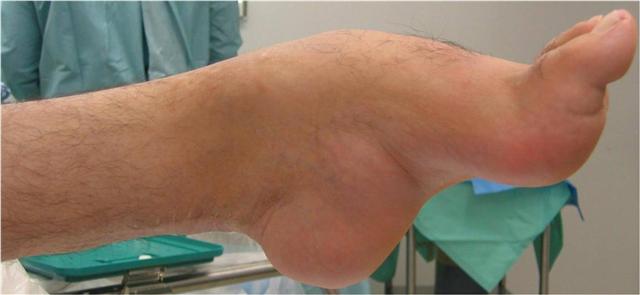Cavus Foot and High Arches
The development of high arches can come from a variety of causes. Although the specific cause of cavus feet may vary, a form of muscular dystrophy is the most common reason that the feet may develop high arches in the United States.
How Feet Become Arched
When an individual inherits sensorimotor neuropathy, which is also called Charcot Marie Tooth disease, the muscles in the feet and ankles are impacted the by disease. The muscles that are toward the inside of the foot and which pull the foot inward will usually become stronger than normal while the muscles toward the outside of the foot will become weaker.
The result of that imbalance of muscular strength is the gradual deformation of the foot. Over time, the foot develops high arches, or cavus. Problems that may develop as a result of cavus include:
- A weakening ankle
- Stress fractures in the foot
- Calluses
- General soreness
Depending on the situation and the level of deformity that has occurred, the possible problems that may arise can vary. In some cases, foot drop may occur when the muscles become paralyzed in certain areas of the foot.
Treatment Options
After taking x-rays of the feet and determining the level of deformity, a treatment plan. Since the condition is often progressive, the treatment plan starts as soon as the problems are identified.
Treatment measures that may occur include:
- Wearing different shoes
- Putting in cushioning pads
- Using orthopedic supports
- Wearing braces on the foot or ankle
- Surgery
When the condition continues to develop, surgery may be a necessity. The goal of surgery is to correct the deformity, improve stability in the ankles and rebalance muscular strength throughout the foot. The goal is to preserve motion as much as possible.
With the help of treatment and surgery, it is possible to preserve motion and prevent further deterioration in the future.

Before Operation

After Operation
